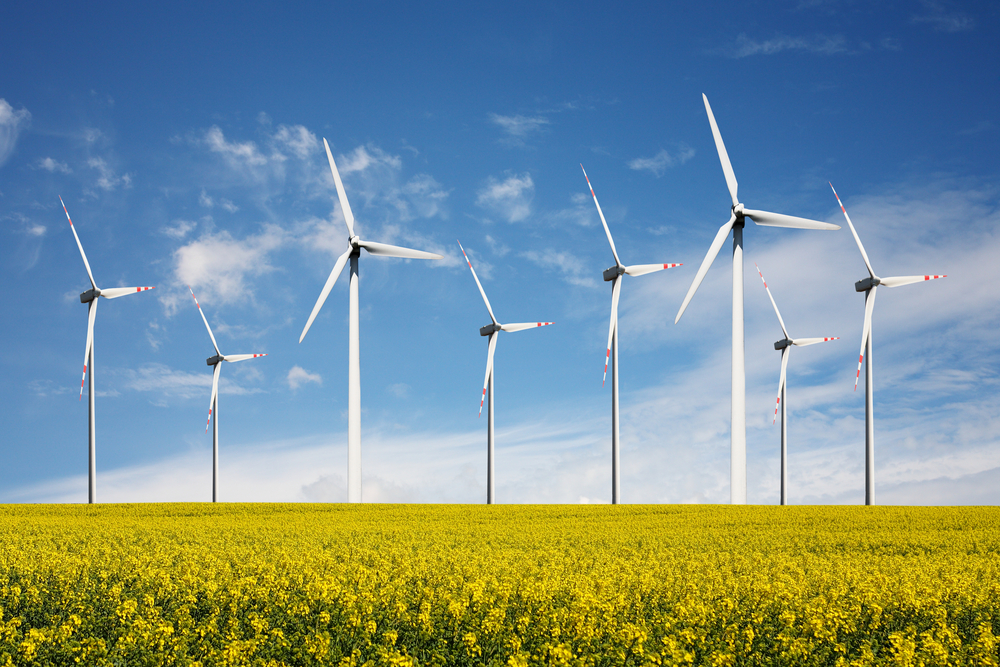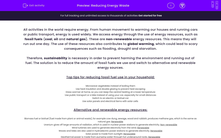All activities in the world require energy. From human movement to warming our houses and running cars or public transport, energy is used widely. We access energy through the use of energy resources, such as fossil fuels (coal, oil and natural gas). These are non-renewable energy resources. This means they will run out one day. The use of these resources also contributes to global warming, which could lead to scary consequences such as flooding, drought and starvation.

Therefore, sustainability is necessary in order to prevent harming the environment and running out of fuel. The solution is to reduce the amount of fossil fuels we use and switch to alternative and renewable energy sources.
Top tips for reducing fossil fuel use in your household:
- Microwave vegetables instead of boiling them
- Use heat insulation and double glazing to prevent heat escaping
- Dress warmer at home, so you can keep the central heating at a lower temperature
- Use public transport or a bike instead of using your car, especially for small distances
- Switch to an electric or biofuel car
- Use solar panels and electrical items with solar cells
Alternative and renewable energy resources:
| Type | Description | Renewable or non-renewable |
| Biomass | Fuel made from plant or animal waste, for example cow dung, sewage, wood and rubbish. Produces methane gas, which is the same as natural gas. | Renewable |
| Nuclear |
Uranium gives off large amounts of radiation, which is used in nuclear power stations to generate electricity. |
Non-renewable |
| Wind |
Wind turbines are used to generate electricity from the wind. |
Renewable |
| Water | Fast flowing water is used to generate electricity in hydroelectric power stations. Waves and tides can also generate electricity. | Renewable |
| Solar | Solar power is made from sunlight. | Renewable |
| Geothermal | Geothermal power is made from pumping water through hot underground rocks. | Renewable |


Let's have a go at some questions now.








